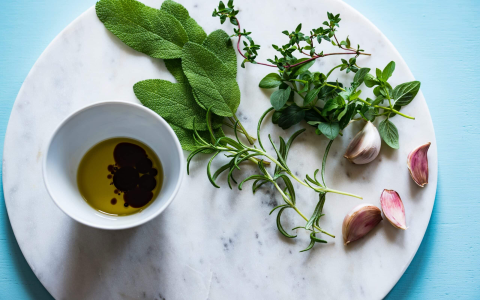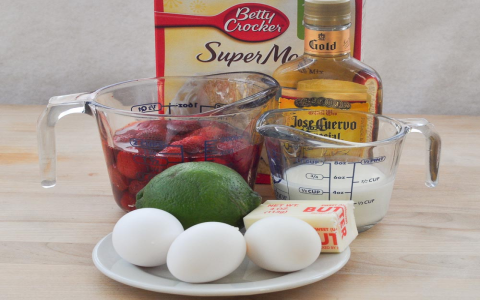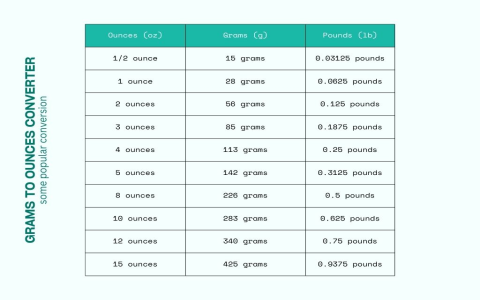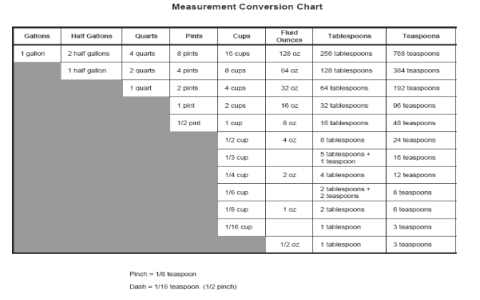Olive oil, with its rich history and diverse applications, is a staple in kitchens around the world. Whether you’re an accomplished chef or a home cook, understanding the measurements of ingredients like olive oil can significantly enhance your culinary experience. When we speak of 1 tsp of olive oil in grams, we delve into a topic that combines both precision in cooking and health considerations, illustrating why knowing these conversions can be essential.
The teaspoon, often abbreviated as ‘tsp’, is a commonly used measure in recipes, especially in the world of baking where accuracy is key. In the United States, a teaspoon is defined as exactly 5 milliliters (ml), which means that 1 tsp of olive oil equates to approximately 4.5 grams. This value is crucial for several reasons. First, for those who meticulously count calories or manage their dietary intake for health reasons, this conversion helps in keeping track of how much fat they are consuming. Olive oil, while beneficial due to its monounsaturated fats, still contains calories that can add up quickly in oil-based dressings or sautéed dishes.
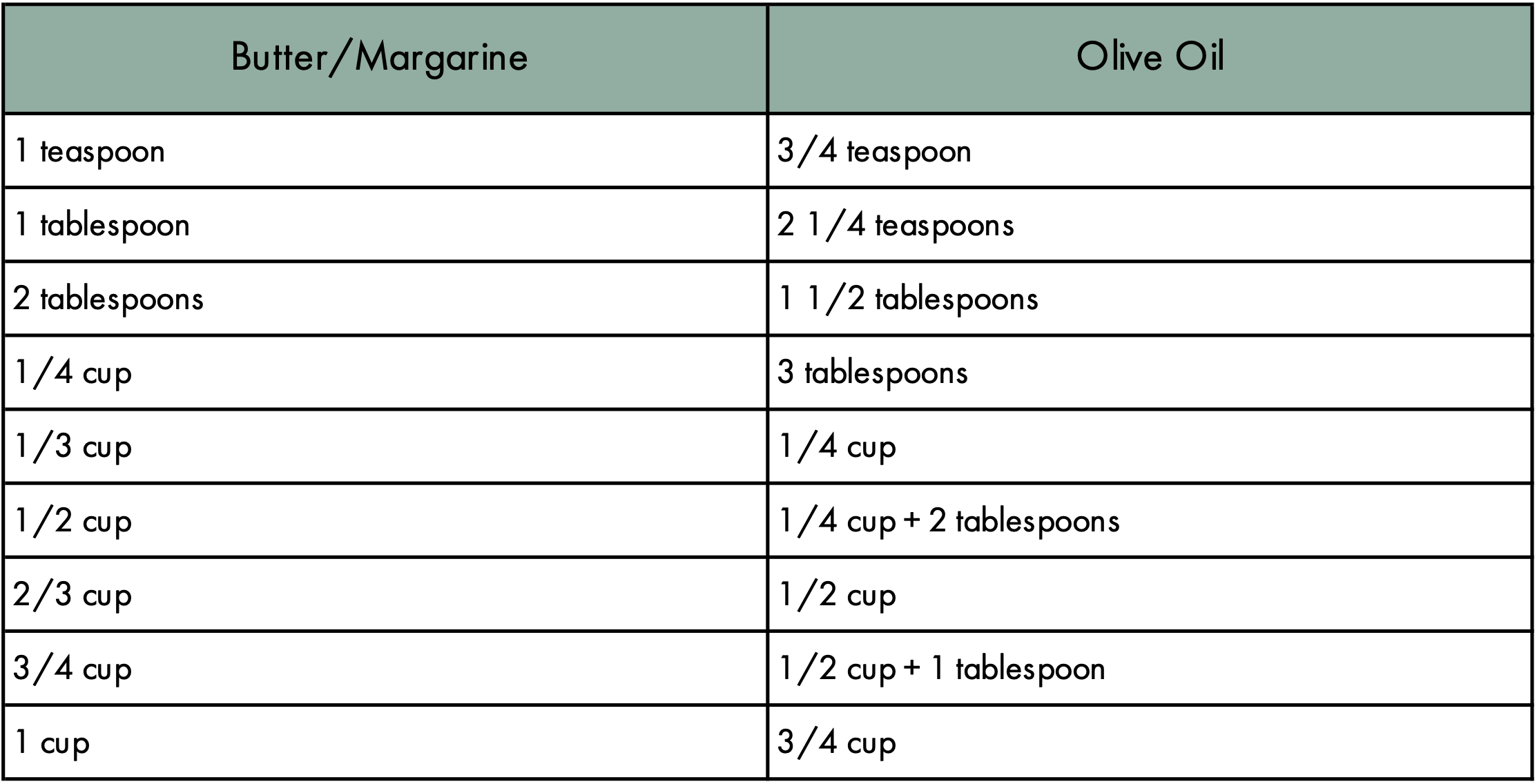
Understanding this small unit of measure also aids in minimizing waste. Olive oil, as a relatively expensive ingredient, can be costly if one dispenses more than required. With such precise measurements, not only does one prevent overuse, but they also benefit from the entire aroma and flavor that olive oil imparts to dishes without overpowering other ingredients.
Let’s delve further into why knowing how to convert teaspoons into grams might be necessary:
1. Health Conscious Cooking: Many individuals are focused on managing cholesterol, weight, or simply following a balanced diet. For them, knowing that a teaspoon of olive oil contains about 4.5 grams can be instrumental in planning meals. Olive oil’s health benefits, like reducing the risk of chronic diseases and its role in the Mediterranean diet, are well documented. By controlling the amount used, individuals can enjoy these benefits without exceeding their dietary allowances.
2. Recipe Adjustment: Sometimes, recipes are tweaked for personal taste or health reasons, or scaled up or down to suit the number of servings. Here, measuring ingredients in grams offers precision that volume measurements like teaspoons often lack. This is particularly true when dealing with more viscous or dense liquids like olive oil. Converting ingredients like olive oil from teaspoons to grams ensures consistency in the recipe, regardless of changes.
3. Baking: Baking demands exact ratios of ingredients to achieve the desired texture and rise, particularly when dealing with fat content. Using grams allows for this accuracy, which can be critical when replacing or substituting fats like butter with olive oil.
4. Global Cookbook Standards: Cooking and baking terminology differ worldwide. While the United States uses volume measurements like teaspoons, many other regions, particularly in Europe where metric systems dominate, operate with weights. Global cooks or those trying international recipes often need to convert these measurements back and forth, which in turn requires understanding conversions like 1 tsp of olive oil in grams.
5. Nutrition: Nutrition labels are mandated to list serving sizes in grams. For those who incorporate olive oil into their diets for its nutritional properties, knowing the measurable amount allows for easier tracking of dietary fats and other nutrients.
To facilitate these conversions, kitchen scales are recommended over simple measuring spoons, especially for ingredients like olive oil where volume does not consistently equal weight due to changes in temperature or production method.

By understanding that each teaspoon of olive oil contains about 4.5 grams, cooks can better manage the subtle art of flavor balancing, dietary restriction adherence, and deepen their culinary proficiency. This knowledge, seemingly minor, plays a pivotal role in the grand scheme of cooking arts, where precision contributes to the authenticity and reproducibility of flavors across cultures and cuisines.
Converting teaspoons into grams, hence, is more than a measurement; it’s a bridge connecting the science of nutrition with the art of cooking, ensuring that every drop of olive oil is utilized to its fullest potential, enhancing both the health and palate of anyone who delves into the kitchen.
